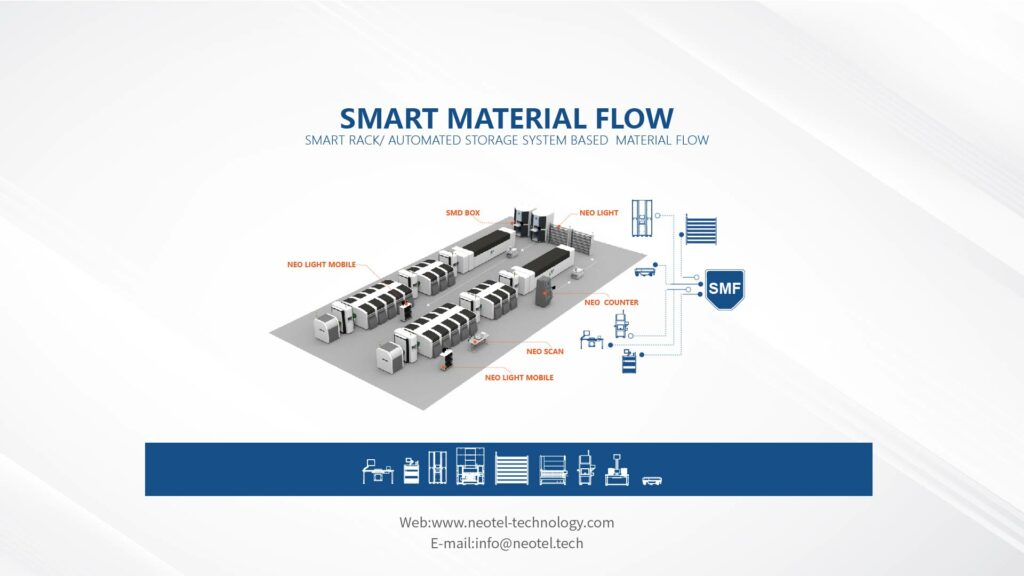Initially developed for use in the 1970s, additive manufacturing has evolved much since its inception to allow for personal and industrial precision use in nearly every field imaginable. Examples vary in complexity from a hot glue gun to a precision-cutting electron beam.
KEY TAKEAWAYS
Uses CAD (computer aided design) software or 3D sensors and scanners
Applies skills of 3D printing and rapid prototyping
Cheap and effective industrial applications in healthcare, farming, manufacturing, etc.
What is Additive Manufacturing?
Additive manufacturing is best understood as the opposite of subtractive manufacturing. Subtractive manufacturing is something like whittling or stonemasonry, where the worker skillfully takes mass away from the material with a sharp tool, eventually shaping a usable item.
So, to further the analogy, additive manufacturing is adding more mass onto another material in order to create a usable object of greater dimension.
Additive manufacturing works by laying down (“printing”) a very thin layer of material one cross-section at a time, each on top of the last, to create a 3D object. Although this process gives the illusion of making something from thin air, the high-precision printing machinery is impeccably fine-tuned to heat and cool different parts of the structure at the molecular level so that the layers fuse and are set in place.
The Beneficial Applications of Additive Manufacturing
Have you ever had a favorite appliance or piece of equipment or furniture suddenly break? To buy a substitute just won’t do – the entire product is either too expensive, or too precious to the user to be replaced; the favorite item also may be discontinued, and replaceable parts are no longer available!
This is where 3D printing comes to save the day.
With additive manufacturing, almost any replaceable part that wears down or fails can be custom-made for a reasonable price. This has ushered in a new love for recycling, replacing, and widely supplying specific mechanical needs in both personal and industrial settings.
Here are a few highlights of the infinite possibilities for additive manufacturing applications:
Customized pieces for specific projects that otherwise would not provide a high-enough ROI for a company to undertake
Up to 90% less material waste compared to subtractive manufacturing
Uses environmentally friendly, biodegradable plastic materials
Precise geometric design and physics
Encourages visual design in problem-solving for engineers
Increased accessibility for individuals to create and repair items
Allows for creative learning and instruction
Extends longevity of machinery, even machines that have been commercially discontinued
3D-printed meat can help solve the food industry’s strained demand for animal proteins
Lifesaving healthcare wearables are cheaper and more plentiful for the average person
Ability to easily create highly complex, perfectly measured geometric shapes
Rapid prototyping allows for more effective and cost-efficient R&D
The benefits and applications are almost too many to count. One of the more pressing solutions provided by additive manufacturing of late was a response to the PPE shortage at the beginning of the COVID pandemic. When supply chains failed to deliver PPE on short notice, individuals began 3D printing parts and new wearable solutions for those at the medical front lines, which helped mitigate the international shortage.
The Hazards of Additive Manufacturing
As with any new technology, innovative futures are tempered by the inherent risks. With additive manufacturing, the risks of increased use of this technology are somewhat unique:
First, there is a danger of eroding intellectual property standards. If a person has the same 3D printer as another, they can duplicate their products fairly easily. However, this has the opposite effect when it comes to price gouging of patented parts; knowledge and ease of product replication can help drive down excessive costs imposed by bureaucratic or corporate authorities.
Second, there is the risk of quality control when it comes to safety. Because of the increased accessibility of additive manufacturing along with decreased costs up front, some individuals flaunt personal responsibility and federal laws.
For example, there is a growing concern that as 3D printing technology improves, so will the ability for individuals to supersede registration laws and print their own firearms and gun parts.
Not only is this dangerous in the obvious sense, but the lack of quality testing in this scenario would also mean a higher probability of product failure, which would lead to even more risks to health and safety. This same problem exists in the health industries: if certain medical device parts are 3D printed en masse to be more accessible and affordable, they also must have the utmost assurance of durability and high performance.
The 7 Types of Additive Manufacturing
There are seven types of additive manufacturing, even though as technology improves, the categorization and naming also shifts alongside innovation.
- Binder Jetting
This type of 3D printing involves applying an adhesive binding solution to layers of powdered ceramic or metal in the cross-section using an inkjet-like process. - Directed Energy Deposition (DED)
This type of additive manufacturing uses a laser beam to melt bits of metal (or metal powder) into a layer of material. This category also includes gas metal arc welding and freeform fabrication using an electron beam. - Material Extrusion
The most commonly known form of accessible additive manufacturing is material extrusion, which applies plastic filament in thin layers to create a final product. It is done using a fused filament fabrication (FFF) machine. This type of AM machine has a low cost (around a few hundred dollars) and can be used for home applications, but it has major limitations as to the size, orientation, and lasting functionality of the objects it can create. - Powder Bed Fusion
This technique uses laser sintering, laser melting, and electron beam melting to fuse metals and polymers together. This fusing is done within a granular bed for greater temporary support. - Sheet Lamination
In this field of additive manufacturing, cheaper materials like paper, plastic, and metals are bonded together with adhesive in thin layers and pressed tightly until bonded. A tungsten blade can perform final detailed cuts to the final product. - Stereolithography
Also known as “vat polymerization”, stereolithography is the process of curing liquid material – such as resins – into solid using ultraviolet (UV) light. The controlled light exposure causes polymerization; covalent bonds form between the layers of added material and strengthen the product. - Material Jetting
This technique of additive manufacturing is very similar to binder jetting, but in this version, added material is added droplet by droplet in a wax-like layer directly on top of the object in production, without a granular bed of powder for support. This method is fairly inexpensive compared to others, but produces a weaker final object.
How to Choose the Right Additive Manufacturing Method
By nature, additive manufacturing is a wild card that can fill almost any role required of it. Because of this, it’s best to work backwards logically.
In other words, don’t ask yourself what you can do to promote more additive manufacturing, ask yourself what additive manufacturing can do for you.
Sure, you can upgrade all your industrial machinery with the latest versions of 3D printers, but the best perspective on additive manufacturing is to consider it like a swiss army knife, applicable in almost any scenario that needs a custom, individual solution.
Also, remember to think out of the box – er, 3D printing bed – when considering solutions, because you never know when a new 3D application will catalyze a new method of additive manufacturing completely, so experiment away!



